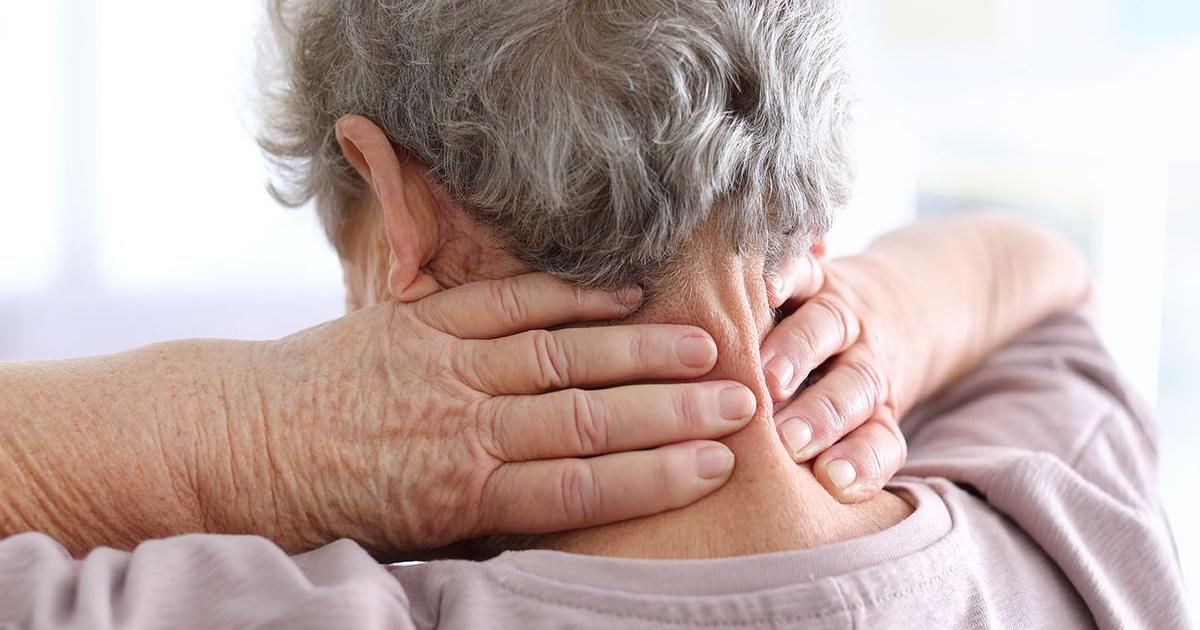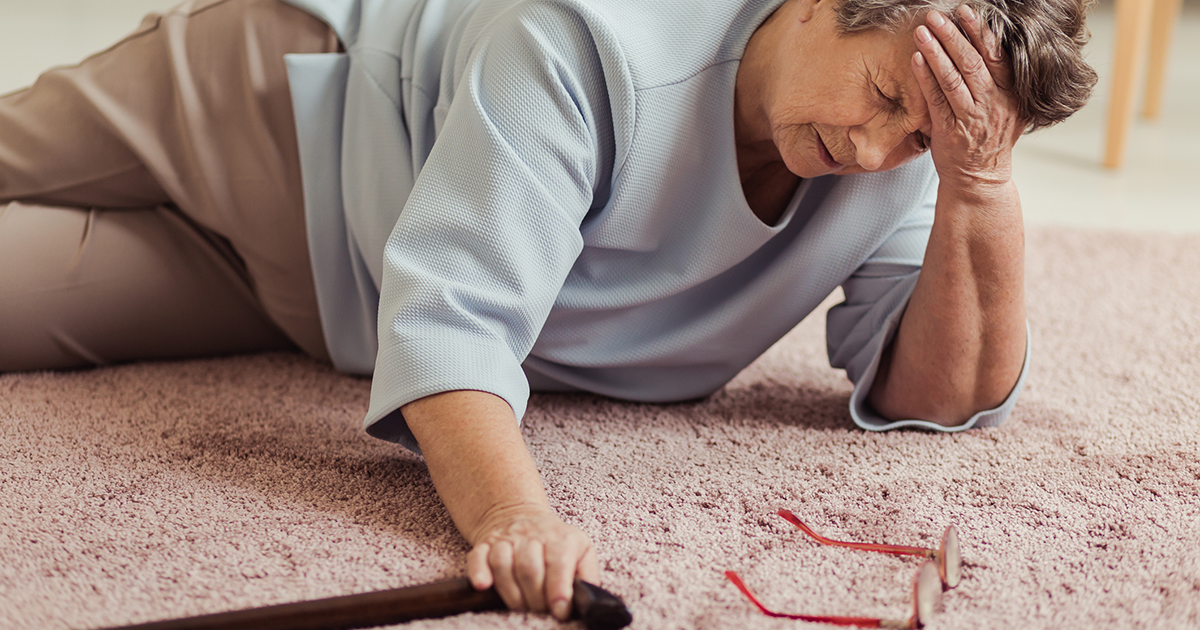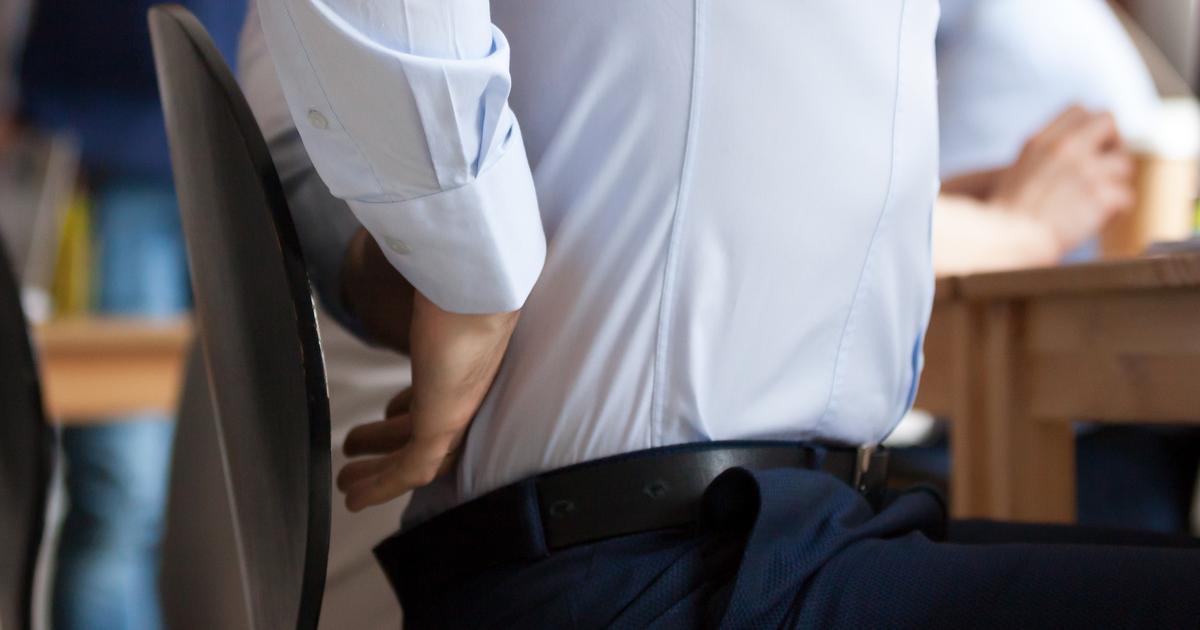Warning Signs Of Spinal Stenosis
Spinal stenosis is a condition that occurs when the nerve roots or spinal cord become compressed. Most patients who have spinal stenosis experience it as a result of osteoarthritis. However, they can develop spinal stenosis without an official osteoarthritis diagnosis. Researchers say anyone over fifty years old is at risk of developing the condition. The diagnosis is based on the patient's medical history and symptoms. There are a wide variety of different symptoms, and the impact on different patients also varies. Some might experience only mild discomfort and pain, while others might have debilitating and chronic symptoms that inhibit day-to-day life. Everyone needs to understand what to look for so they can talk to a doctor about treatment.
Get familiar with the warning signs of spinal stenosis now.
Numbness And Tingling

Spinal stenosis occurs when the spaces in the spine narrow, leading to pressure on the nerves traveling throughout the spine, including the nerves within the spinal cord and the nerve roots of the peripheral nervous system. One of the most common symptoms is numbness and tingling. The condition most commonly develops in the neck and lower back, but patients might experience numbness and tingling concentrated in other parts of the body as well. The tingling and numbness might become worse over time. Some patients don't notice the symptoms at first, or they find them so mild they don't cause concern. However, any kind of tingling and numbness should be evaluated by a doctor, as it indicates a nervous system issue. When spinal stenosis involves narrowing in the neck, patients might experience numbness and tingling in a leg, foot, arm, or hand. When it occurs in the lower back, patients are less likely to experience hand numbness, but may still experience numbness in their leg or foot.
Continue reading to reveal more symptoms of spinal stenosis now.
Issues With Balance And Walking

Gait abnormalities and issues with balance are most common when spinal stenosis occurs in the neck, otherwise known as cervical spinal stenosis. When the condition occurs in the lower back, patients might have some problems with balance, but they tend to present differently. Lumbar spinal stenosis is more likely to cause one or both legs to become painful and cramp up when individuals stand in one area for long periods or when they walk around. Many patients report the pain eases partially or entirely when they sit down or bend forward, taking the pressure off their spine and legs. Some individuals might be able to walk short distances, but find they have problems with pain and balancing when they have to walk longer distances. There might also be issues with walking if patients are dealing with numbness, as the loss of sensation can make it difficult to balance or interpret sensory information about the ground beneath them.
Discover additional spinal stenosis warning signs now.
Pain In The Neck Or Back

Spinal stenosis can technically occur in any of the five main parts of the spine, though it is most common in the neck and lower back. As such, one of the most common symptoms of spinal stenosis is pain in the neck or back. When patients have lumbar spinal stenosis, they might experience a burning pain that spreads from their lower back through their buttocks and down one or both legs. This is a condition known as sciatica, and it can be extremely debilitating. Cervical spinal stenosis is one of the most common causes of neck pain in patients over fifty years old. As individuals get older, the spine is more likely to narrow due to the natural process of aging and wear-and-tear. It's also possible to develop cervical stenosis after undergoing some kind of trauma or impact to the neck. Sometimes the symptoms of stenosis and pain don't even occur until years after the trauma has healed. Neck pain caused by spinal stenosis isn't always severe, but it does tend to be chronic or recurrent.
Learn more about the warning signs linked to spinal stenosis now.
Urinary Incontinence

Urinary incontinence can occur with different kinds of spinal stenosis, but it's a particularly common symptom of lumbar stenosis. The same is true of a loss of sexual ability or performance. When individuals have lumbar stenosis, there's not a guarantee they'll develop bladder or bowel dysfunction. However, some patients do experience this alongside the radiating pain from sciatica. Urinary incontinence varies widely from patient to patient. If the incontinence is mild enough, patients might not associate it with their back pain at all. Mild urinary incontinence occurs when there's a lack of bladder control that leads to involuntary leaking. Moderate and serious urinary incontinence typically occurs when the loss of bladder control is serious enough to lead to accidents. Problems with urination have the potential to be embarrassing and affect an individual's day-to-day life. Patients might experience the sudden urge to urinate, need to urinate more times a day than they used to, or experience a need to urinate that's powerful enough that they can't get to a toilet in time.
Read more about the various warning signs of spinal stenosis.
Weakness In The Body

Weakness in the body is one of the neurological effects that can occur due to spinal stenosis. The symptoms of this weakness are so varied and diffuse that it's difficult to pin down specific manifestations. If individuals are experiencing sudden muscle weakness and numbness, it's important to see a doctor to rule out neurological problems. Spinal stenosis leads to weakness because it compresses the nerves, which can lead to damage over time. The nerves aren't able to transmit or receive signals as efficiently as they used to. When spinal stenosis occurs in the neck, patients might experience weakness in their hands, arms, feet, or legs. When it occurs in the lower back, they're more likely to experience weakness in the lower extremities. Weakness in the foot can cause an individual's feet to 'slap' the ground when they walk, and they might be more prone to falling or unbalancing as a result. Patients might also be unable to walk long distances or hold heavy objects.